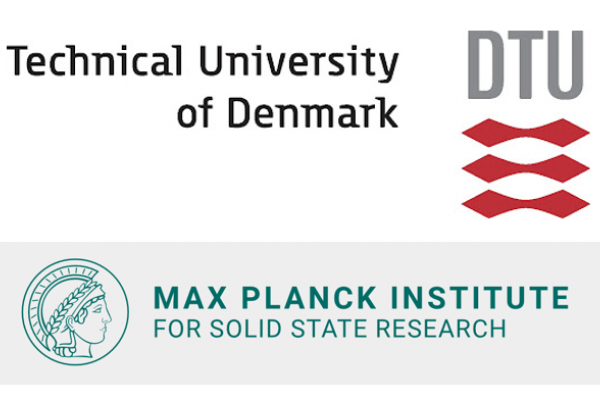TA Success Stories: Influence of tantalum oxide structure and stoichiometry on the emergence of resistive switching behavior in resistive random access memories (RRAM), from the Technical University of Denmark to StEM

Many successful projects stem from transnational access provided by ESTEEM3. This week, we focus on the “ITO-RRAM” project from the Department of Energy at Technical University of Denmark (Denmark)which was granted access to the Stuttgart Center for Electron Microscopy (StEM) at Max Planck Institute for Solid State (Stuttgart, Germany) one of the ESTEEM3 TA providers.
The “ITO-RRAM” project, carried by Prof. Nini Pryds and Dr. Yang Li from the Technical University of Denmark (Denmark), was granted access to facilities and expertise of the Stuttgart Center for Electron Microscopy at Max Planck Institute for Solid State in Summer 2019, as part of the transnational access activities of ESTEEM3.
Introduction
The resistive random-access memory (RRAM) is a promising candidate for next-generation memories and investigated for in-memory computing for its excellent endurance, long retention, multilevel resistance capability, high scalability, and 3D stickability. It has an electrode-resistive switching layer-electrode sandwich device structure. A key step in engineering resistive switching is the ability to control the device switching behavior. For tantalum oxide (TaOx)-based RRAMs, the stoichiometry, the morphology, and the interaction between tantalum oxide and electrodes influence the resistive switching behavior. Here, we investigate the possibility to tune the resistive switching of TaOx-based memristors from a non-switchable state to a switchable state by applying post-fabrication annealing of the devices.
Thanks to ESTEEM3 transnational access, the influence of annealing on the device interface profiles could be correlated to the emergence of resistive switching behavior.
The main results of the project
By use of scanning transmission electron microscopy (STEM) and energy-dispersive x-ray spectroscopy (EDX), the effect of annealing on the device interface was revealed. In our device structure, which is TiN/TaOx/W, different temperature annealing caused the different extents of element intermixing. Both the stoichiometric TaOx layer and the TiN/TaOx interface or the TiN electrode played an important role in the emergence of resistive switching behavior.
Successful outcomes
Prof. Nini Pryds and Dr. Yang Li published one article in a renowned journal:
- AIP Advances 2020 (https://doi.org/10.1063/5.0004722)
